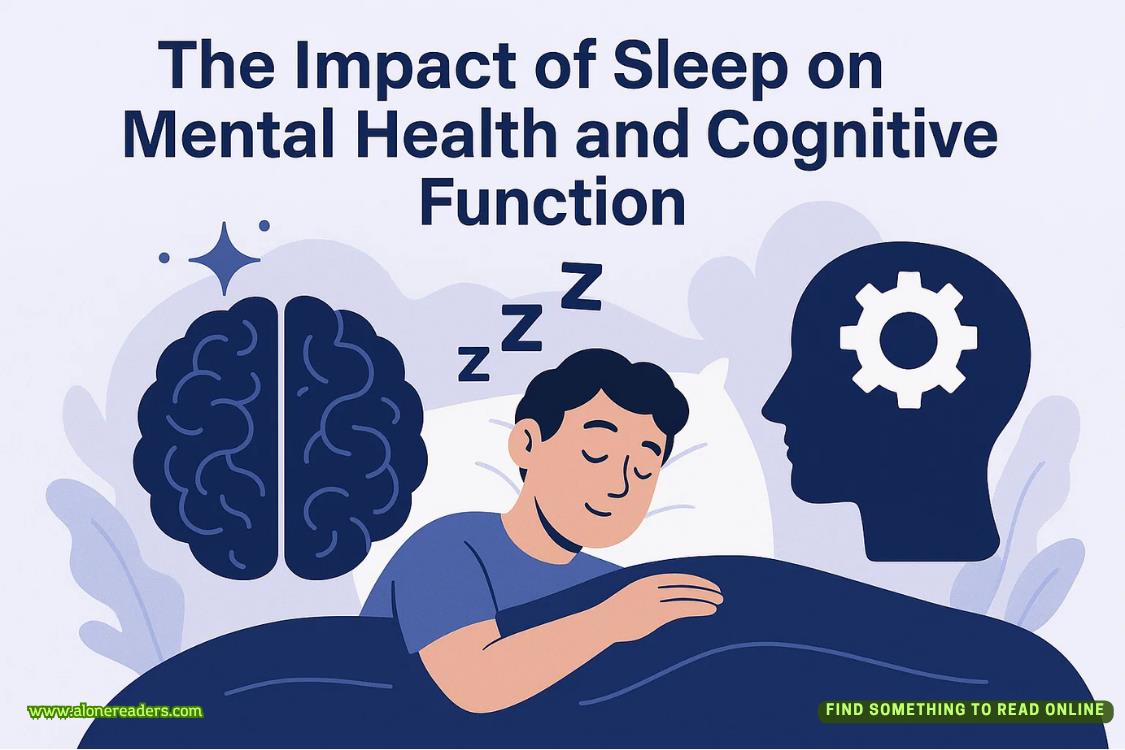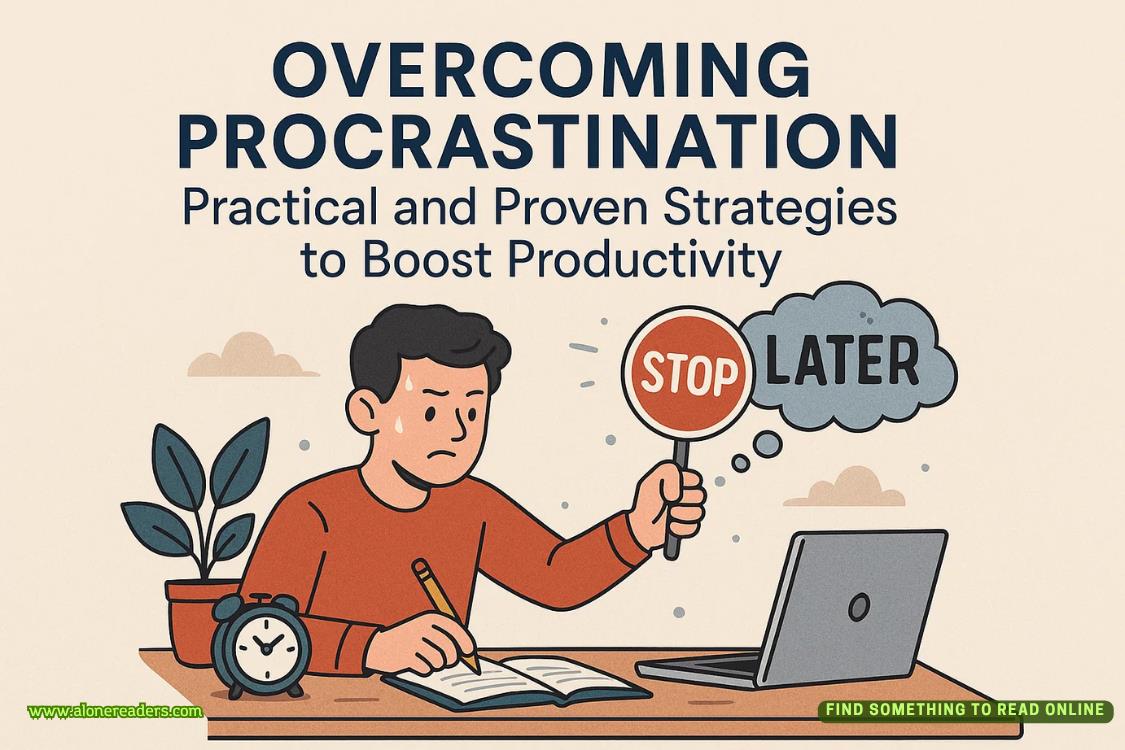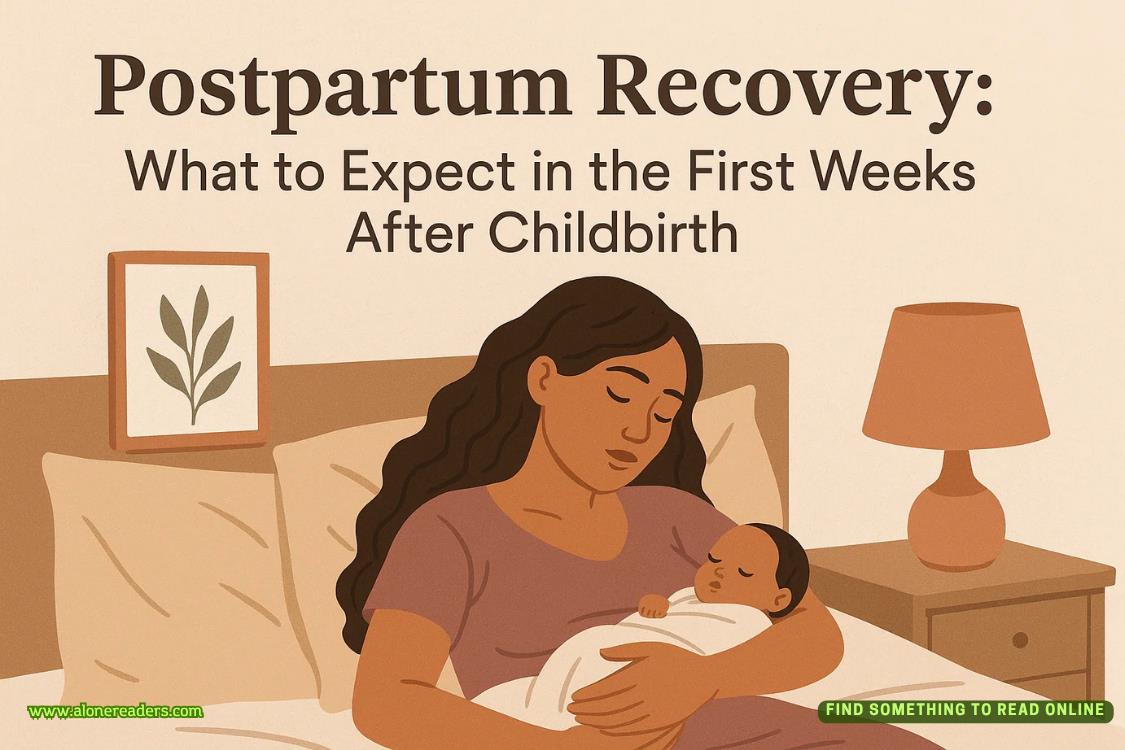Page 57 of The Tapes
Maybe.
‘I think people forgot,’ Marlon says. ‘But maybe that’s me looking back with modern eyes. People shouldn’t have to adapt their behaviour and it is victim blaming, really. If someone wants to wear earrings, why should they stop? But there was this thinking from some people that if you did that, you were asking for trouble. That you’d deserve anything that happened. Maybe that’s just what it was like in the 2000s, especially for women?’
Marlon pauses and puts down the beer mat with which he’s been fiddling throughout our conversation. He bows his head a fraction and turns towards the bar.
‘One of our regulars was in a day or two after it all happened and he said something like, “Well, she was wearing earrings, wasn’t she?” – as if it was her fault. I don’t think I said anything. I didn’t agree with him but I didn’t say he was out of line, either. I just sort of went with it – and I think about that all the time, even though it’s years later. It’s like I let her down.’
Kirsty McIntosh worked five days a week behind the bar of Green’s Snooker and Pool. She often volunteered for Friday nights because it meant she could take off the Saturday. It was late on a Friday that she wound down for the evening, ushering out the snooker and pool players, then locking the doors to give herself half an hour to clean up. She left a note for whoever was on shift the next morning, saying that they needed to reorder some crisps, because stocks were low, then set off for her car.
It was the same short walk she made five nights a week, every week.
Except, that Friday night, Kirsty never made it.
Her boyfriend had been waiting up and ended up driving himself into town a little after two in the morning. He found her car parked in its usual spot, untouched and locked; the small plush Minnie Mouse was still dangling from the mirror. He walked across the car park, down the stairs, across the plaza and through a pair of alleys until he reached this bomb shelter of a building, where he climbed the stairs and knocked on the door.
The lights were off and nobody answered, because nobody was inside.
It was then he called the police to report his girlfriend missing. The search didn’t take long. Early on the Sunday evening, not even forty-eight hours later, the body of Kirsty McIntosh was discovered in woodland a few miles outside town.
A triangular green earring was in one ear, while the other was bare.
Police were careful at first. It had been four years after all. Was the Earring Killer back, or was it some sort of copycat? Could it be a coincidence? Perhaps Kirsty had lost an earring earlier in the evening?
But while the authorities sat on that information, trying to find truth among whispered assumptions, something else happened. Something that had never occurred before among the lore of the Earring Killer. Something nobody, least of all the police, expected.
A few miles from the snooker club, and the running track at the back of Sedingham Secondary School is a sand-coloured gravel path. I walk a loop and the soles of my shoes end up covered in a chalk-like dust. There are hockey goals at either end of the grass in the middle of the track, with a shot-put and discus net in another corner.
I stick to the third lane, leaving space inside for a sinewy man in short shorts and a loose white vest to run laps. He checks his watch at regular intervals, while crouching to grab a bottle from the grass. He sips the water, then drops the bottle a few metres further on, barely breaking stride.
Just three days after the body of Kirsty McIntosh had been discovered, Sarah Graham was running laps on this track. She was training for the Great North Run and would run the mile and a half from her house to this track. Four laps is approximately a mile, and she’d run anything from twenty to forty before looping back to where she lived.
The first part is an overgrown path around the back of the school. It passes a graffiti-covered, old school bike shed before reaching the main road. A largely deserted pavement tracks the next couple of hundred metres with a steady stream of traffic lining up from a set of traffic lights. Three drivers saw Sarah as she jogged past them, her own water bottle clamped in her hand.
From there, Sarah would have passed through a series of chicane-like alleys, with varying degrees of gates and barriers to stop motorbikes cutting through. She would have emerged in a cosy cul-de-sac before heading around a bend, through two more lanes and then onto her own road.
Michael Graham is sitting on a wall close to a corner shop. His sleeves are rolled up and the top button of his shirt is undone, showing whispers of greying hair. He’s stubbly, at the stage where it could be the beginnings of a beard, or perhaps he’s one of those men who skips a day with a razor and ends up with what looks like a week’s growth.
We shake hands and he points across to the lane from which Sarah would have emerged.
‘Sarah had never really run before,’ he says. ‘Athletics wasn’t her thing at school but she’d always been fit in the sense thatshe looked after herself. I think Paula Radcliffe had wonSports Personality of the Yearbefore, something like that. Sarah and I watched it together and she’d decided she wanted to run the London Marathon. It was all a bit out of the blue but I wanted to support her. I bought her a pair of training shoes that Christmas.’
I point out that the running track feels a bit Iron Curtain and Michael laughs. ‘Sarah used to complain about that all the time. She’d say it was slippery, especially when it had been raining. Except it’s the only track in town and it meant she could just run. She didn’t have to worry about crossing roads, or dodging people who were walking on pavements. That’s why she liked it.’
I ask if Michael ever ran with his wife and that draws another laugh. ‘Not my thing,’ he says. ‘I played a bit of football when I was younger but I don’t think I could handle that monotony. Lap after lap, you know? You have to be a certain type of person for that.’
He thinks a second and there’s a distant gaze.
‘She really did want to run a marathon but she was working up to it. 5k, 10k, then a half. She had a whole training plan that she’d worked out herself. That last run was one of the longer ones. I think she might’ve done nine or ten miles.’
Those three drivers were the last people to ever see Sarah alive. She never completed that final mile of her run – and it was almost seventy-two hours later that her body was found near a lay-by a short distance outside town. She’d only been wearing stud earrings – but one had been removed.
This time, the police did not hesitate as they released an urgent alert regarding safety for women in the local area.
There was vicious criticism in the coming weeks, especially in regards to the murder of Sarah. If they’d only been upfront after the discovery of Kirsty, then perhaps Sarah would still be alive. Perhaps those detractors had a point, except it’s easy tosay after an event. In any case, Sarah’s husband didn’t see things that way.
‘She’d have gone running anyway,’ Michael says. ‘She wanted to train and to run. It was her way of unwinding. You have to live your life, don’t you?’
He’s right, of course. If it wasn’t Sarah, it would have been someone else. People want to live their lives.















